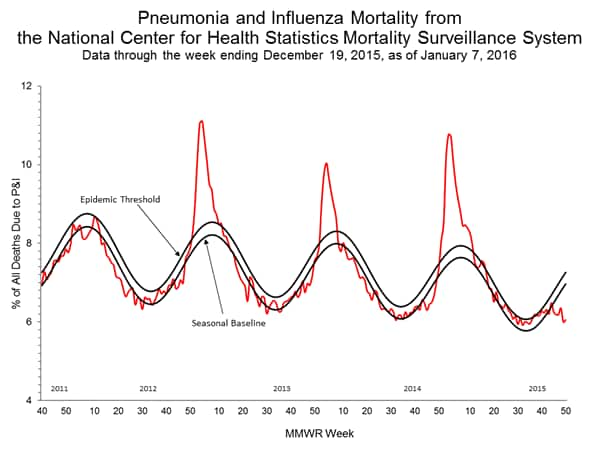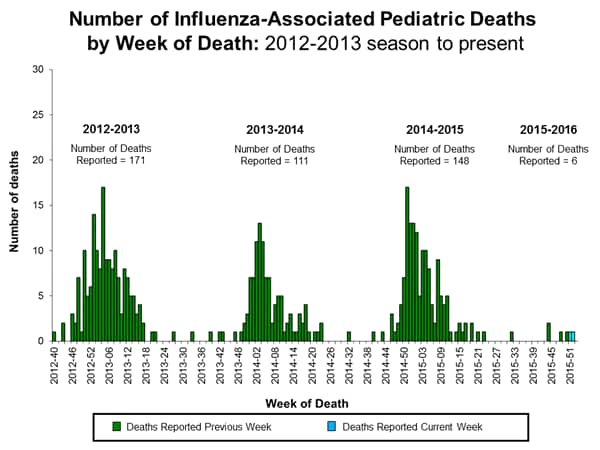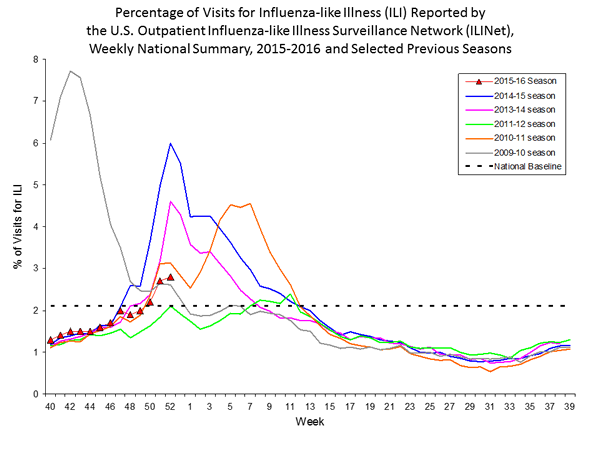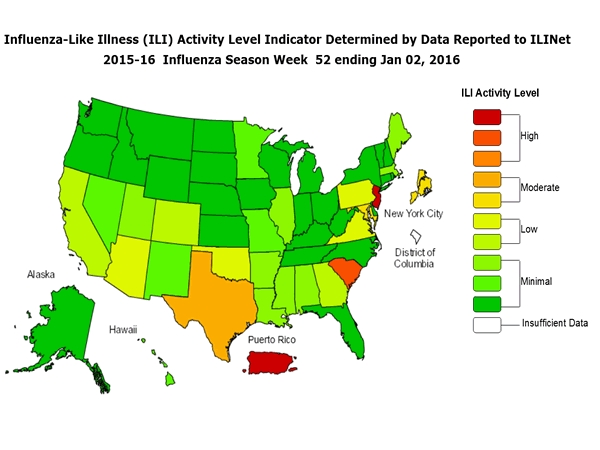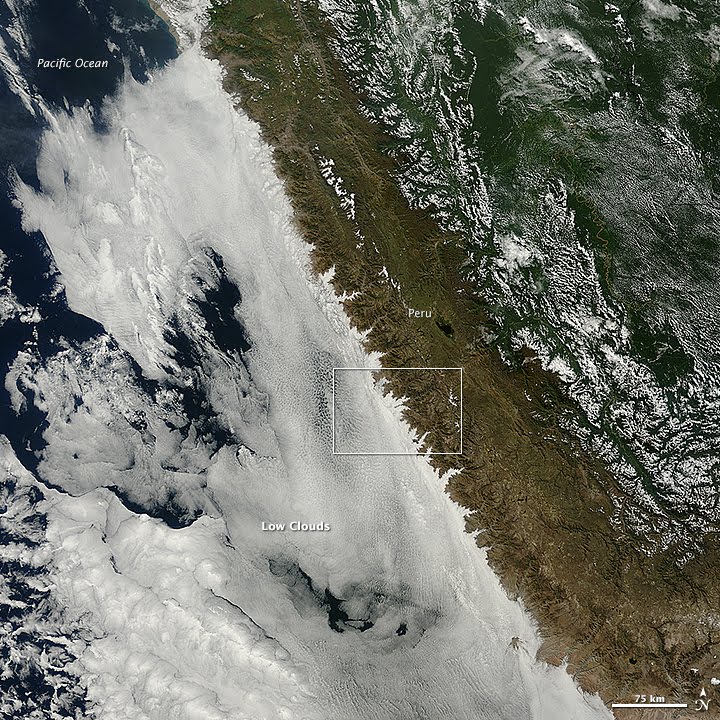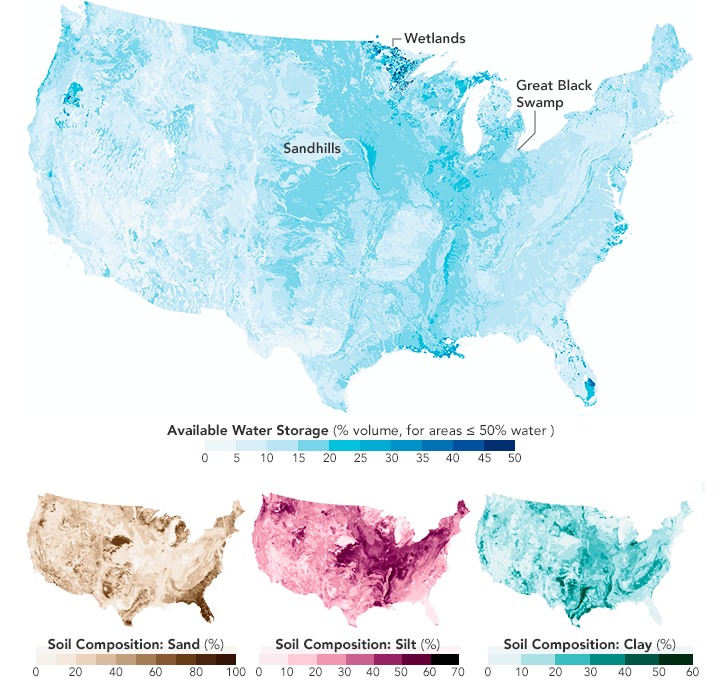On 8 January 2016, the National Health and Family Planning Commission (NHFPC) of China notified WHO of 2 additional laboratory-confirmed cases of human infection with avian influenza A(H5N6) virus.
Details of the cases
- The first case is a 25-year-old male from Shenzhen City, Guangdong Province, who developed symptoms on 1 January. The patient was admitted to hospital on 4 January and is now in severe condition. He has a history of visiting a live poultry market.
- The second case is a 42-year-old male from Jieyang City, Guangdong Province, who developed symptoms on 12 December. The patient was admitted to hospital on 19 December and died on 21 December. He had a history of visiting a live poultry market.
Public health response
The Chinese Government has taken the following surveillance and control measures:
- making every effort to treat the patient; collecting and testing the specimens of the patient, carrying out viral isolation and whole genome sequencing and comparison;
- conducting epidemiological investigation; tracing, managing and observing the close contacts of the patient;
- strengthening surveillance of unexplained pneumonia and routine sentinel surveillance of influenza; strengthening the etiological surveillance of influenza/avian influenza virus.
WHO risk assessment
WHO continues to closely monitor the influenza A(H5N6) situation and conduct risk assessments. So far, the overall risk associated with avian influenza A(H5N6) viruses has not changed.
WHO advice
WHO advises that travellers to countries with known outbreaks of avian influenza should avoid poultry farms, or contact with animals in live bird markets, or entering areas where poultry may be slaughtered, or contact with any surfaces that appear to be contaminated with faeces from poultry or other animals. Travellers should also wash their hands often with soap and water. Travellers should follow good food safety and good food hygiene practices.
WHO does not advise special screening at points of entry with regard to this event, nor does it currently recommend any travel or trade restrictions. As always, a diagnosis of infection with an avian influenza virus should be considered in individuals who develop severe acute respiratory symptoms while travelling or soon after returning from an area where avian influenza is a concern.
WHO encourages countries to continue strengthening influenza surveillance, including surveillance for severe acute respiratory infections (SARI) and to carefully review any unusual patterns, in order to ensure reporting of human infections under the IHR (2005), and continue national health preparedness actions.



